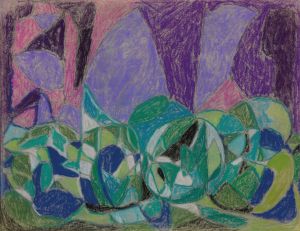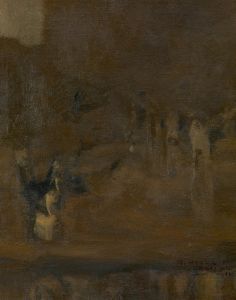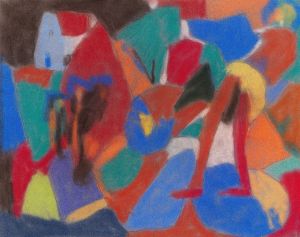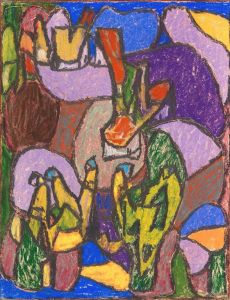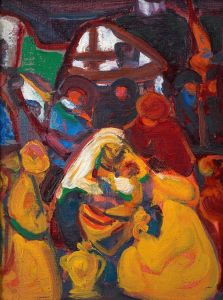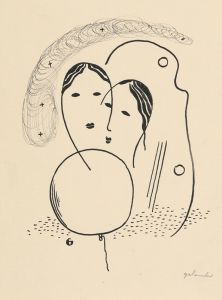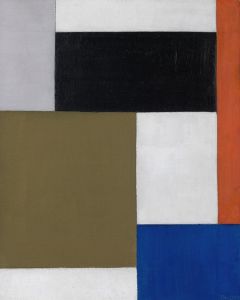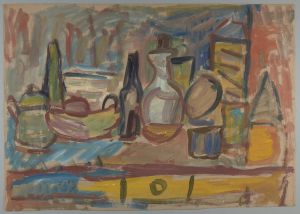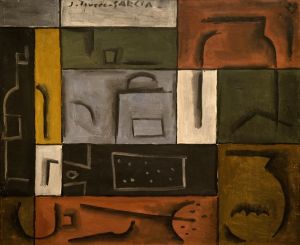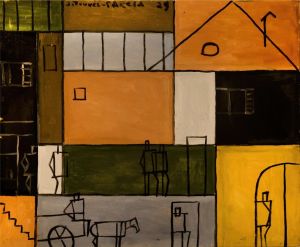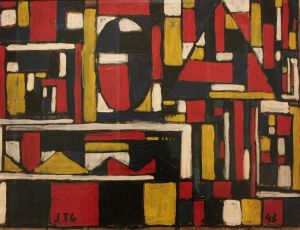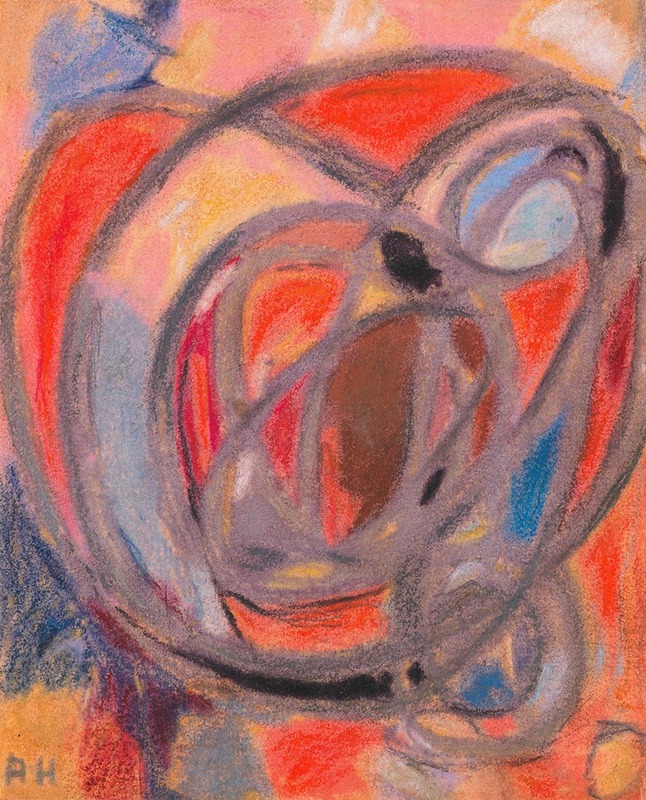
Komposition
A hand-painted replica of Adolf Hölzel’s masterpiece Komposition, meticulously crafted by professional artists to capture the true essence of the original. Each piece is created with museum-quality canvas and rare mineral pigments, carefully painted by experienced artists with delicate brushstrokes and rich, layered colors to perfectly recreate the texture of the original artwork. Unlike machine-printed reproductions, this hand-painted version brings the painting to life, infused with the artist’s emotions and skill in every stroke. Whether for personal collection or home decoration, it instantly elevates the artistic atmosphere of any space.
Adolf Hölzel was a significant figure in the development of modern art, particularly known for his contributions to abstract art and his influence as a teacher. Born in 1853 in Olomouc, Moravia, Hölzel's career spanned several decades during which he explored various artistic styles and theories. One of his notable works is "Komposition," which exemplifies his approach to abstraction and color theory.
"Komposition" by Adolf Hölzel is a painting that reflects his innovative approach to art, emphasizing the importance of color and form over representational accuracy. Hölzel was a pioneer in the use of abstraction, and his works often focused on the interplay of colors and shapes to evoke emotional responses rather than depict specific subjects. This painting is a testament to his belief in the spiritual and expressive power of art, a concept that he developed and taught throughout his career.
Hölzel's artistic philosophy was heavily influenced by his studies and experiences in various European art centers. He studied at the Academy of Fine Arts in Vienna and later in Munich, where he was exposed to the burgeoning movements of Impressionism and Symbolism. These influences are evident in his work, as he sought to move beyond the traditional boundaries of art to explore new forms of expression.
In "Komposition," Hölzel employs a dynamic arrangement of colors and forms, creating a sense of movement and harmony. His use of color is particularly noteworthy; he believed that colors could convey emotions and ideas in a way that was independent of form. This approach was revolutionary at the time and laid the groundwork for future developments in abstract art.
Hölzel's impact extended beyond his own work; he was a highly influential teacher at the Stuttgart Academy of Fine Arts, where he mentored several artists who would go on to become prominent figures in the art world. Among his students were Oskar Schlemmer, Willi Baumeister, and Johannes Itten, each of whom contributed to the development of modern art in their own right. Hölzel's teachings emphasized the importance of artistic freedom and experimentation, encouraging his students to explore their own creative paths.
Throughout his career, Hölzel was involved in various artistic groups and movements. He was a member of the Berlin Secession and later the Deutscher Künstlerbund, both of which were instrumental in promoting modern art in Germany. His work was exhibited widely, and he gained recognition for his contributions to the evolving art scene of the early 20th century.
"Komposition" is a reflection of Hölzel's commitment to exploring the possibilities of abstract art. It embodies his belief in the transformative power of color and form, and his desire to push the boundaries of artistic expression. As a result, Hölzel's work remains an important part of the history of modern art, influencing generations of artists who followed in his footsteps.
In summary, Adolf Hölzel's "Komposition" is a significant work that captures the essence of his artistic philosophy. Through his innovative use of color and abstraction, Hölzel challenged traditional notions of art and paved the way for future developments in the field. His legacy as both an artist and a teacher continues to be felt in the art world today.





